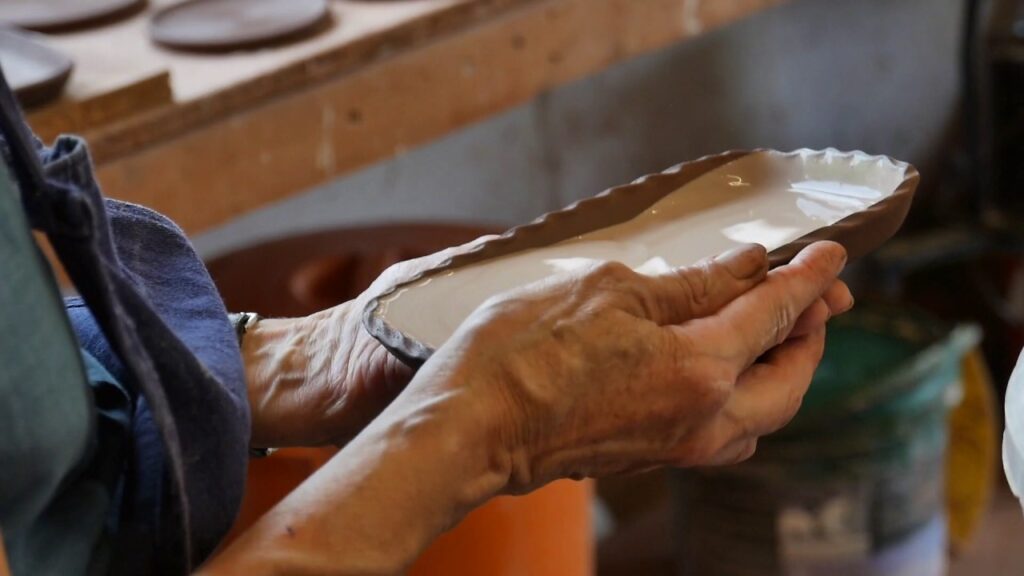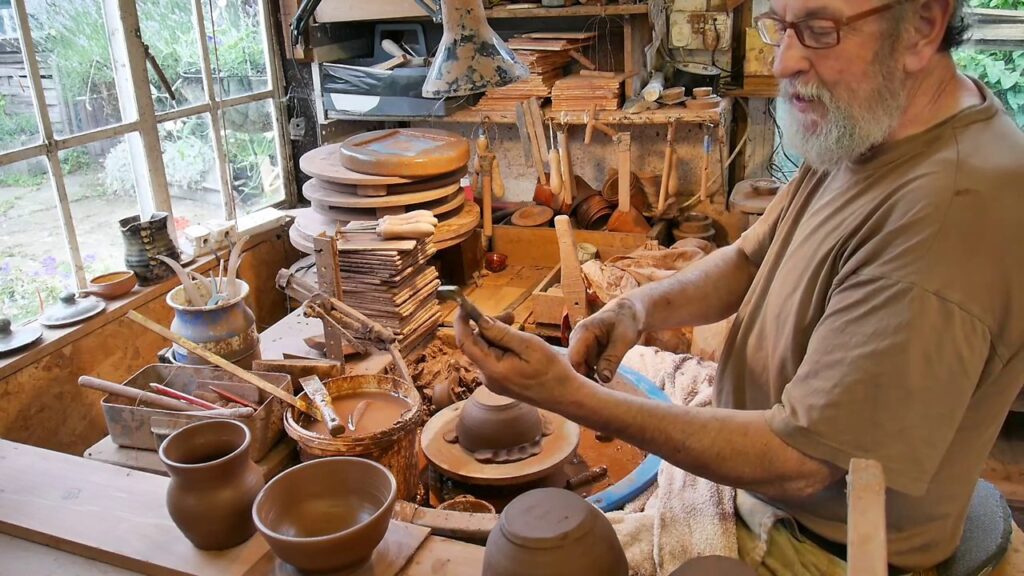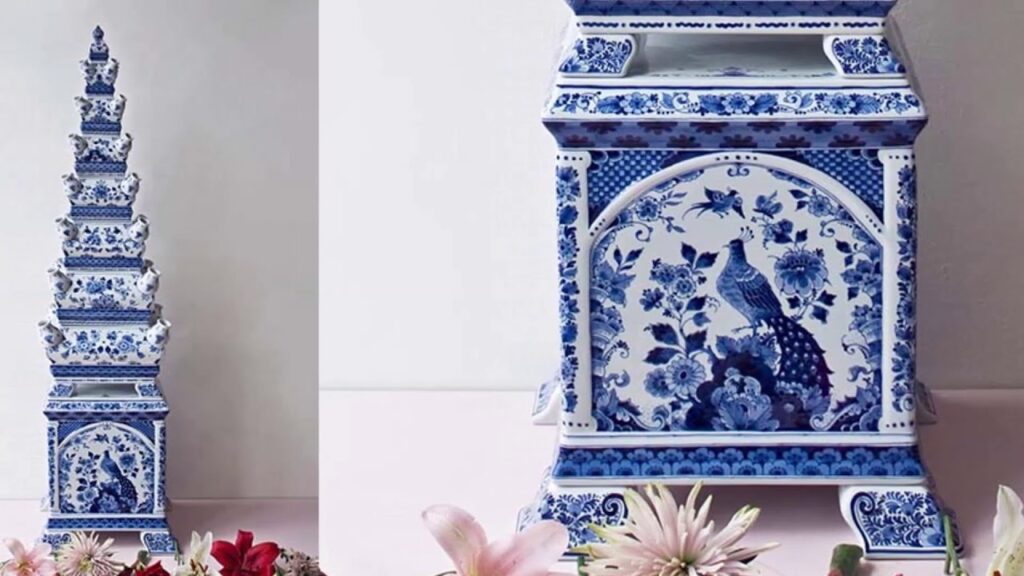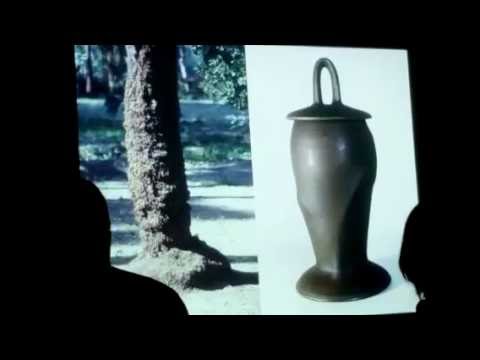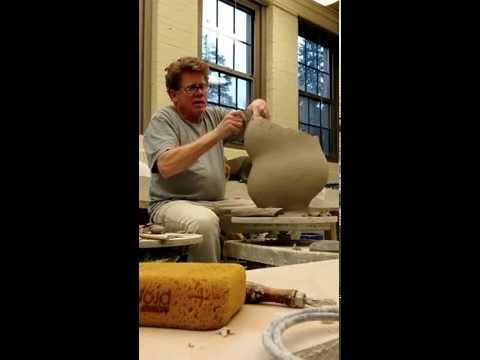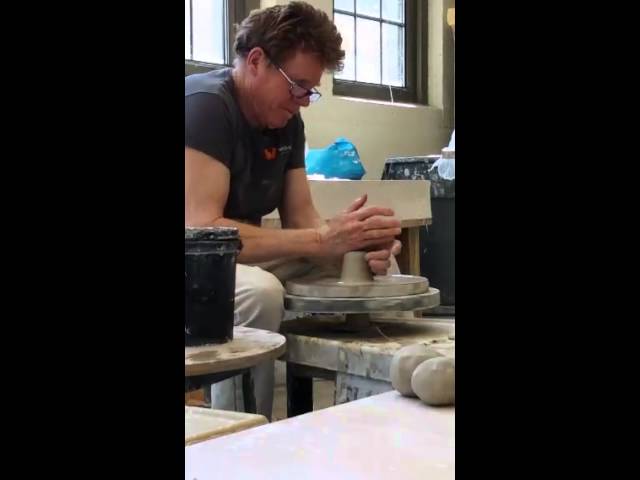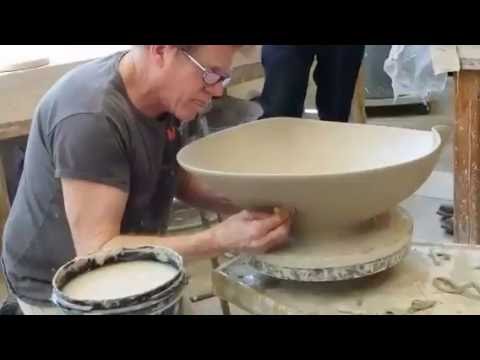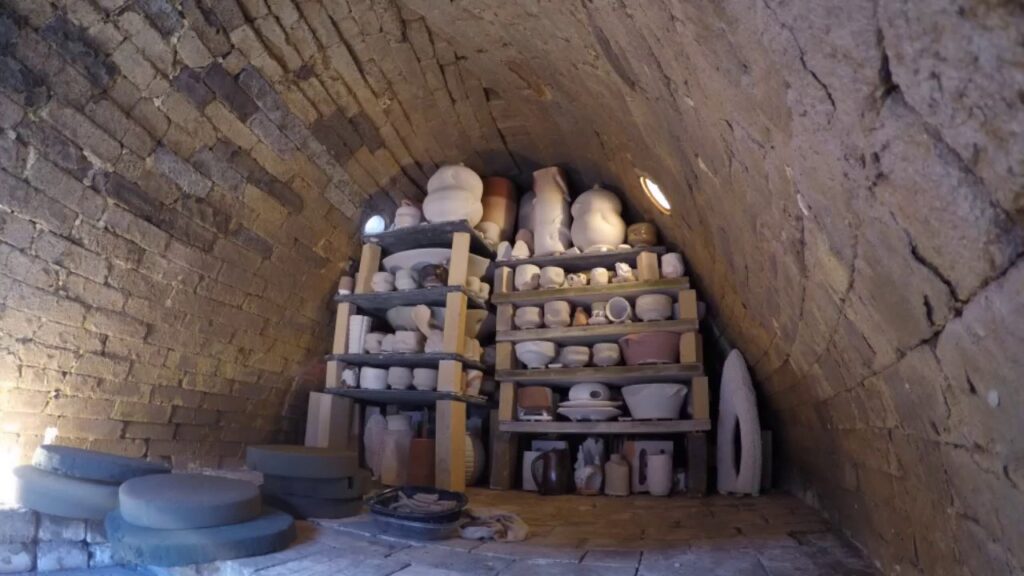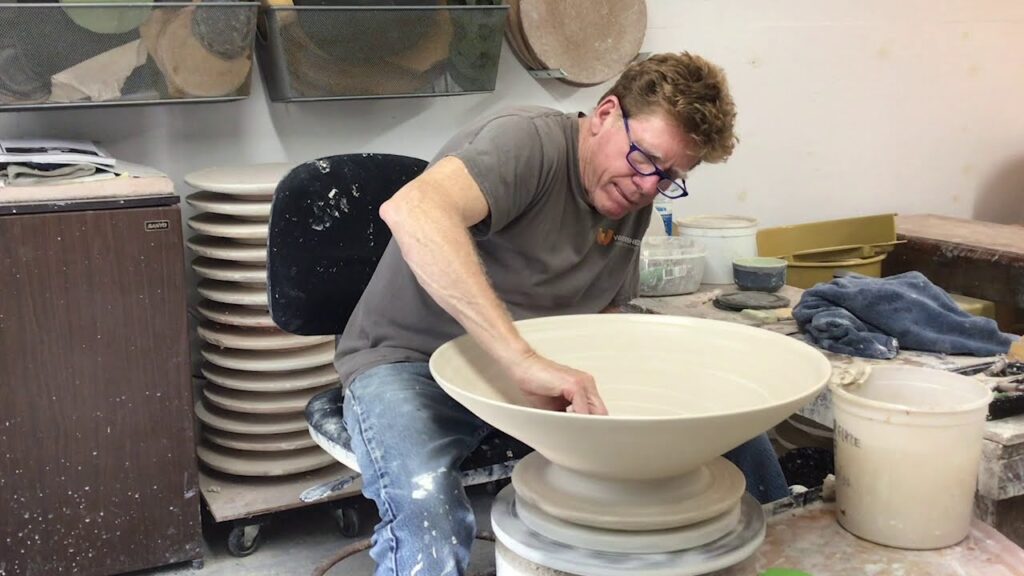Chris Gustin is a studio artist and an Emeritus Professor at the University of Massachusetts, Dartmouth. He received his BFA from the Kansas City Art Institute in 1975, and his MFA from Alfred University in 1977. Gustin lives and works in South Dartmouth, Massachusetts. Gustin’s work is published extensively and is represented in numerous public and private collections, including the Renwick Gallery of the National Museum of American Art, the Los Angeles County Museum of Art, the Victoria and Albert Museum, the World Ceramic Exposition Foundation in Icheon, Korea, the American Museum of Ceramic Art, the Currier Museum of Art, the Yingge Museum in Taipai, and the Daum Museum of Contemporary Art. With more than 50 solo exhibitions, he has exhibited, lectured and taught workshops in the United States, Caribbean, South America, Europe, the Middle East and Asia. He has received two National Endowment for the Arts Artist Fellowships, and four Massachusetts Cultural Council Artist Fellowships, the most recent in 2017. He is a member of the International Academy of Ceramics and was elected to the American Craft Council College of Fellows in 2016. He was awarded the Masters of the Medium award from the Renwick Alliance in 2017. Gustin is co-founder of the Watershed Center for the Ceramic Arts in Maine, and currently serves as Honorary Trustee on its board.
Chris is one of six artists who were chosen for similar reasons, and also for ones unique to each of them. All of them share a love of the material of clay, and an appreciation for the function of the particular objects that they create. Each of their experiences in clay is individual, but the common thread of education, from the past, present, and future, with their instructors being working artists in their field, ties them to the foundation of the Bauhaus.
For more information on the Walter Gropius Master Artist Ceramic Symposium, go to www.hmoa.org/education/gropius-ceramic-symposium/. For more information on the Walter Gropius Master Artist Program, go to www.waltergropius.org.
–
This project is supported in part by the National Endowment for the Arts. To find out more about how the National Endowment for the Arts grants impact individuals and communities, visit www.arts.gov.
This project is presented with financial assistance from the West Virginia Department of the Arts, Culture and History, and the National Endowment for the Arts, with approval from the West Virginia Commission on the Arts.
The Walter Gropius Master Artist Series is funded through the generosity of the Estate of Roxanna Y. Booth, who wished to assist in the development of an art education program in accordance with the proposals of Walter Gropius, who designed the Museum’s Gropius Addition, as well as the Gropius Studios. The Museum is indebted to Roxanna Y. Booth’s son, the late Alex Booth, Jr., for his participation in the concept development of the Gropius Master Artists Workshops.


